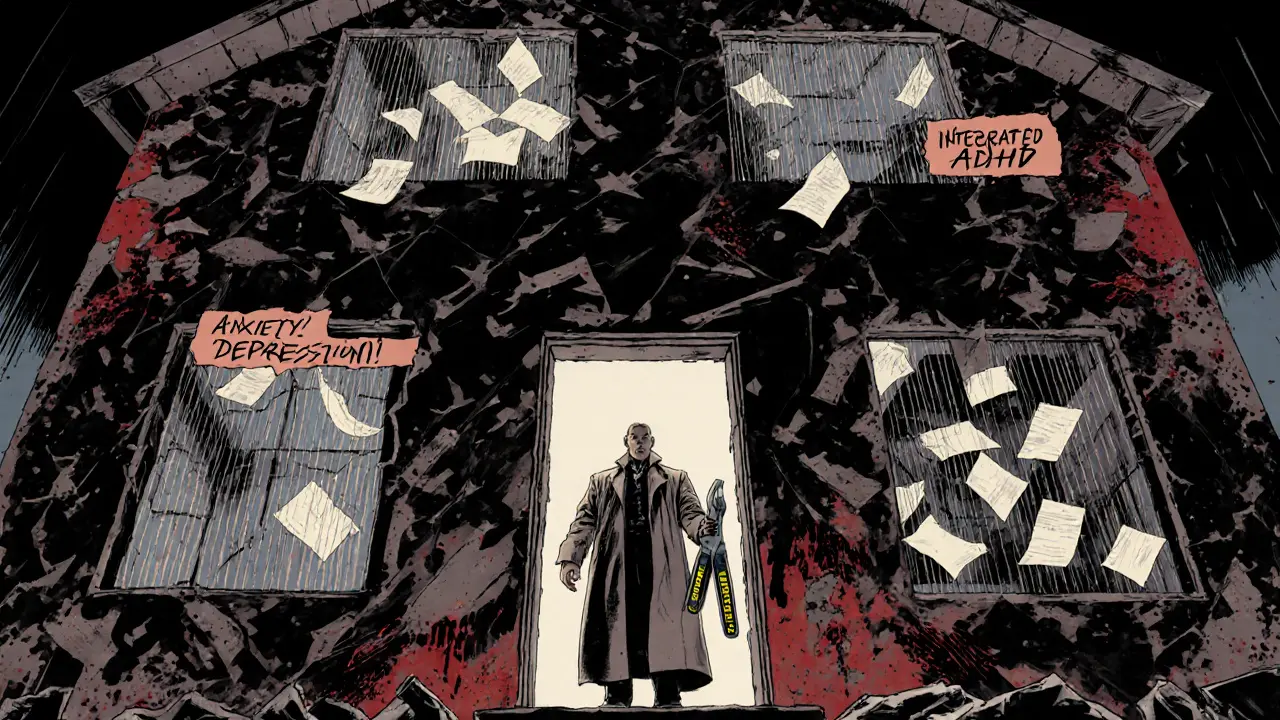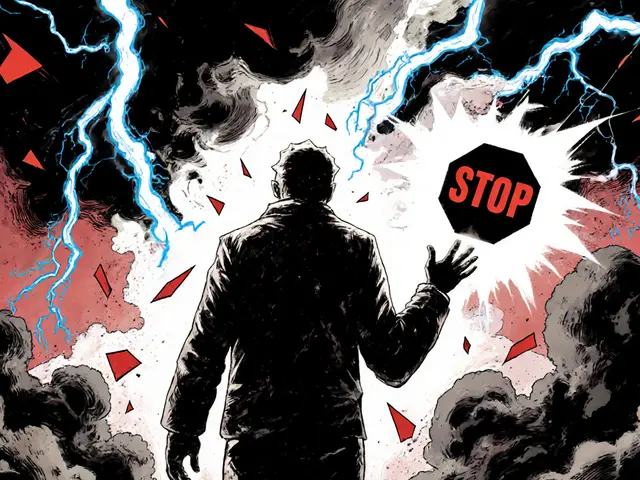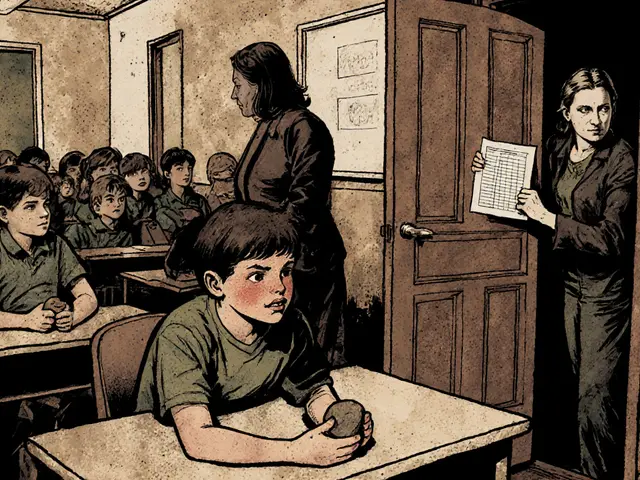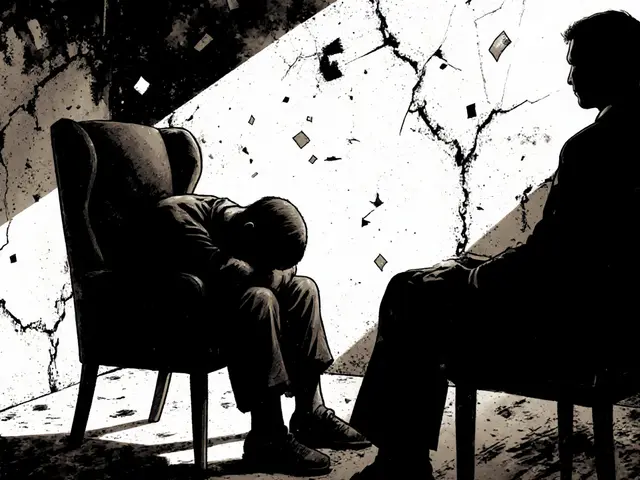Terapie s dvojí diagnózou: Jak léčit současnou úzkost a depresi
When someone struggles with both anxiety and depression, it’s not just two problems stacked on top of each other — it’s a complex system where one feeds the other. This is what we call terapie s dvojí diagnózou, současná přítomnost dvou psychických poruch, které se navzájem posilují a komplikují léčbu. Also known as komorbidita, it’s far more common than most people think — nearly 60 % of those seeking help for depression also meet criteria for an anxiety disorder, and vice versa. This isn’t a sign of being "broken" — it’s a sign your nervous system is overwhelmed and needs a different kind of support.
Standard talk therapy often fails here because it treats symptoms one at a time. But when you have both úzkost a deprese, stav, kdy se neustálá strach a únavná bezmoc objevují současně, you need a strategy that addresses the root of both. That’s where approaches like DBT, dialektická behaviorální terapie, zaměřená na regulaci emocí a odolnost vůči impulzům and ACT terapie, přístup, který učí přijímat obtížné myšlenky místo jejich boje shine. They don’t try to eliminate anxiety or lift depression directly — they teach you how to stop fighting yourself. For example, someone with both conditions might panic about being depressed, which then deepens the depression. DBT gives them tools to pause, breathe, and choose a response instead of spiraling. ACT helps them stop seeing anxious thoughts as threats — and start seeing them as just thoughts.
People with poruchy osobnosti, trvalé vzory chování a myšlení, které ztěžují vztahy a emocionální stabilitu often fall into this dual-diagnosis category too. Borderline personality disorder, for instance, commonly co-occurs with major depression and panic attacks. The key isn’t to label them — it’s to understand that their emotional reactions aren’t exaggerated. They’re the result of a brain that learned to survive in chaos. Therapy here isn’t about fixing who they are — it’s about helping them build a new inner toolkit. Things like emotional regulation, distress tolerance, and self-validation become the real goals.
What you won’t find in most clinics is a clear plan for treating both conditions together. Many therapists still treat them separately — which is like trying to fix a leaky roof while the walls are collapsing. But the research is clear: integrated approaches work better. You don’t need two therapists. You need one who understands how these conditions interact — and who knows how to use tools like the terapie s dvojí diagnózou framework to guide the process. The good news? You don’t have to wait for perfection. Small, consistent steps — like learning to name your emotions, setting one daily boundary, or practicing grounding techniques — can create real momentum.
Below, you’ll find real stories and practical methods from therapists working in the Czech Republic — from how to recognize when your current therapy isn’t enough, to why online sessions can work better for complex cases, and how to build a crisis plan that actually keeps you safe. No theory without action. No jargon without clarity. Just what works when you’re carrying two heavy loads at once.

Psychoterapie a komorbidity: Jak terapie řeší více problémů najednou
Komorbida je běžný jev v psychoterapii - většina klientů má více než jednu duševní poruchu. Jak terapeuti řeší více problémů najednou a proč standardní přístupy často selhávají?
Pokračujte ve čtení







